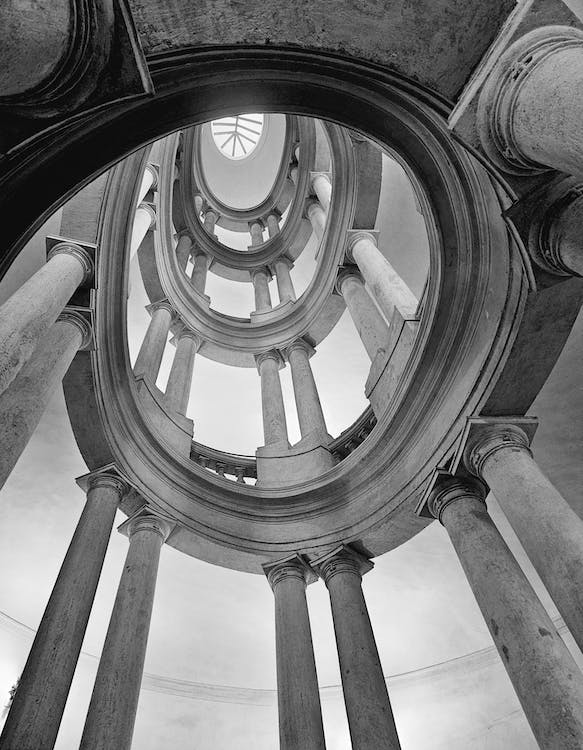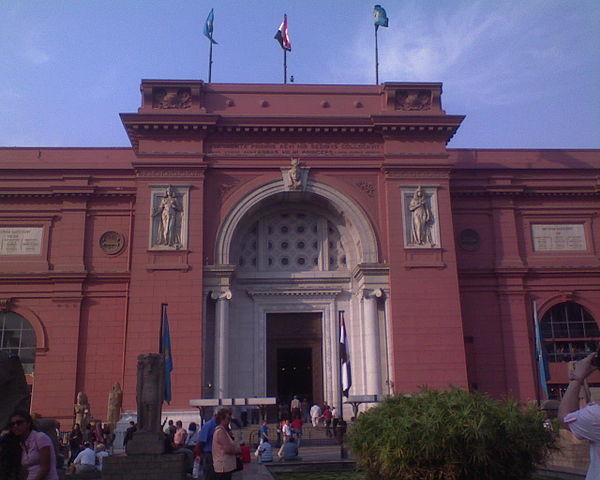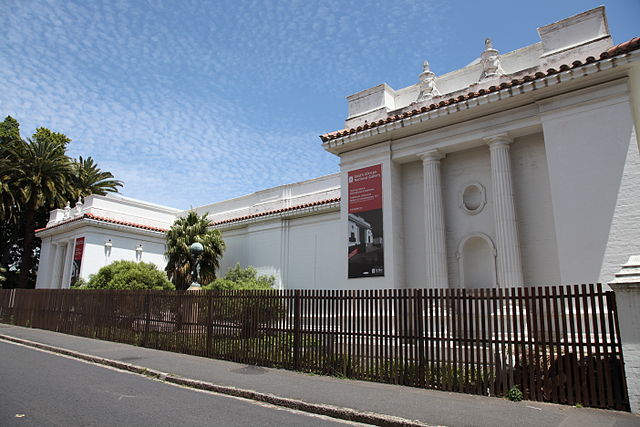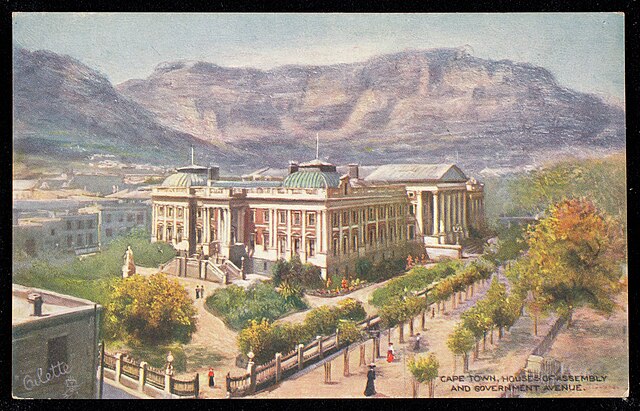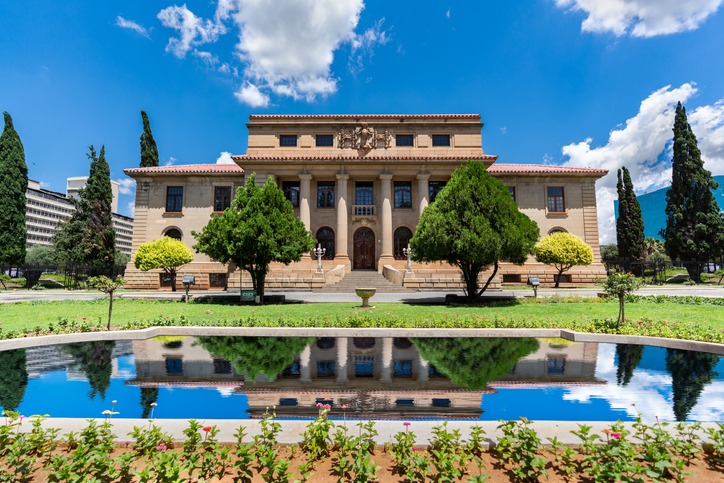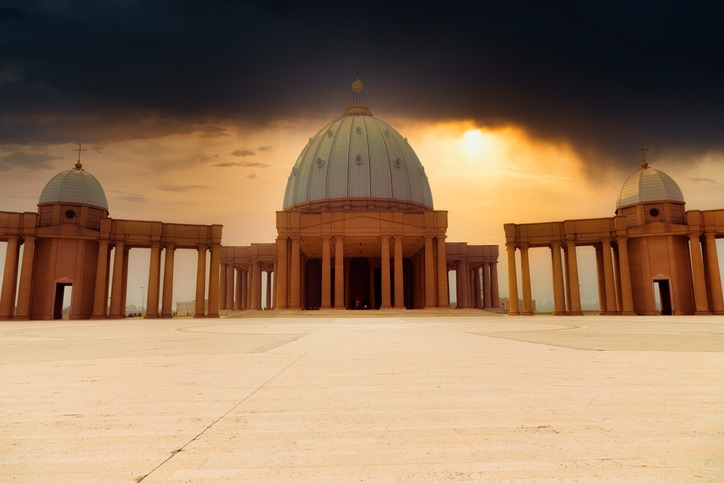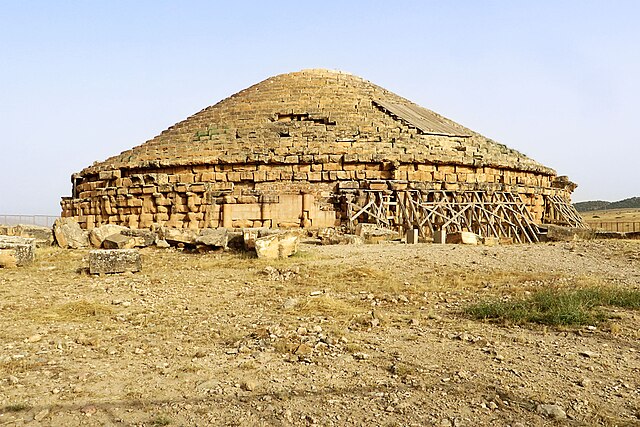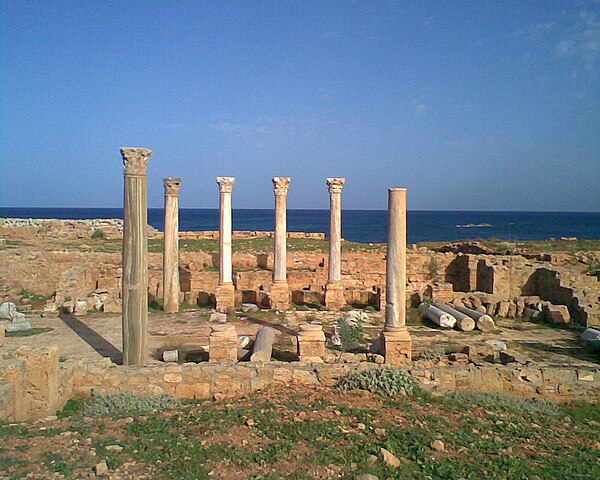Unlike other continents, Africa probably has the least buildings that have Doric columns. Some of those buildings are ancient structures that barely show a memory of the incredible architecture that once was the glory of one’s land. Today, those structures still hold their historical value.
Here are some buildings using Doric columns in Africa:
The Egyptian Museum – Cairo, Egypt
This museum, housing the world’s largest collection of Pharaonic antiquities, features a Neoclassical facade with Doric columns, reflecting the European architectural influences prevalent in Egypt in the late 19th and early 20th centuries.
South African Museum – Cape Town, South Africa
Located in the Company’s Garden, the South African Museum showcases a classical facade with Doric columns, embodying the Neoclassical architectural style that was popular in South Africa during the colonial period.
Parliament Buildings – Cape Town, South Africa
The seat of the South African Parliament in Cape Town features Doric columns at its entrance, symbolizing the gravitas and authority of the legislative body.
Supreme Court of Appeal – Bloemfontein, South Africa
This historic building is another example of colonial architecture with Doric columns, signifying the judicial importance and the Neoclassical style favored in judicial and governmental buildings.
Rhodes University Main Administration Building – Grahamstown, South Africa
The main administration building of Rhodes University showcases Doric columns, reflecting the academic and classical aspirations of the institution’s architecture.
National Archives – Dar es Salaam, Tanzania
The National Archives building, dating back to the colonial era, features a facade with Doric columns, indicative of the Neoclassical architectural influence in the region.
High Court Building – Mombasa, Kenya
The High Court in Mombasa, with its Neoclassical design, incorporates Doric columns, reflecting the colonial architectural legacy in Kenya.
Basilica of Our Lady of Peace, Côte d’Ivoire
The Basilica of Our Lady of Peace is a Catholic church in Yamoussoukro, Ivory Coast. The construction of the cathedral began in 1985 and completed in 1989. It is a dedication to Our Lady of Peace and is one of the most known churches in the nation. The design of the basilica features a renaissance revival and baroque revival style surrounded by Doric columns.
Guinness World Records gives the Basilica of Our Lady of Peace, the title, largest church in the world.
Mausoleum of Medracen, Algeria
The Mausoleum of Medracen is an ancient temple in Algeria. The appearance of the temple is not like the usual buildings that we have today. It features a massive dome surrounded by different types of columns. This magnificent structure features Doric columns in some parts of the temple.
Palace of Apollonia
This structure is one of the historical buildings in Africa that uses Doric columns. The Palace has one hundred rooms and was the house of a Roman military commander. The appearance of the Palace today only shows some of its features. It is apparent that this structure already lost most of its form, which was destroyed by the Crete earthquake and tsunami in 365 AD.
Final Thoughts
These buildings represent a fraction of Africa’s architectural diversity, showcasing how Doric columns have been adapted to various local contexts and purposes, from museums and government buildings to academic institutions. They embody a blend of tradition and colonial influence, contributing to the continent’s rich architectural heritage.

